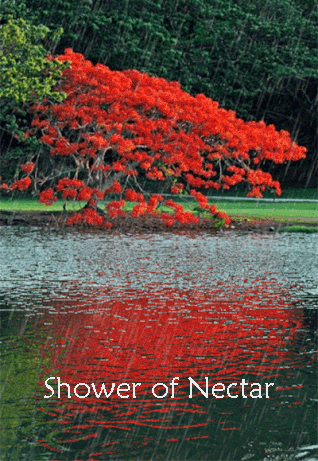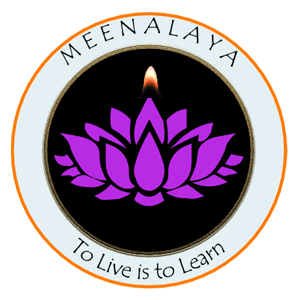Daily nectar of word meaning Day 17
நாள்தோறும் சொற்பொருள் அமிர்தம்
When a pupil commits to conform to the ‘visesha dharmā ‘ then he is no more a shudrā. An option for him or her is to pursue the path of ‘brahmin’, committing to a simple and sacred life, focused mainly in the services of others, by teaching and upholding the ways of life as prescribed in the Veda. But knowledge alone is not enough. For the basic needs of life and the enjoyment, resources are to be generated. Wealth creation and wealth transaction are to be ensured so that everyone has the access. Therefore, necessary skills and the relevant visesha dharmā are imparted to those who commit to these ways of rendering economic services to all. They are called ‘Vaishya’. In fact, majority of us are, most of the time, only operating in the remit of a Vaishya only, are we not! Finally, the Brahmins and Vaishya can carry on with their dharmā only when they are ensured of a support infrastructure, protection and governance. These three groups are the dynamic blocks of any society. Of course, some people can choose to remain as shudrā forever. That does not make them any less. They contribute to the works of the other three groups and share the spirit of society with equal respect. Where are we, with this ideal division of labour?
(to be continued – Mee. Rajagopalan – 26/05/2017) (தொடரும் – மீ. ராஜகோபாலன், 26/05/2017)

‘bhaya’ or fear is inherent in all life/forms; for us, protection from the fear of failing to lead a free life within the chosen dharmā is very critical. Those who are willing to sacrifice their own life for the protection of others and for the governance are known as ‘kshathriyā’. They pursue relevant education and skills and undertake to uphold the visesha dharmā pertaining to their expected role of governance and protection. 
[Sorry, this is to be loaded]
